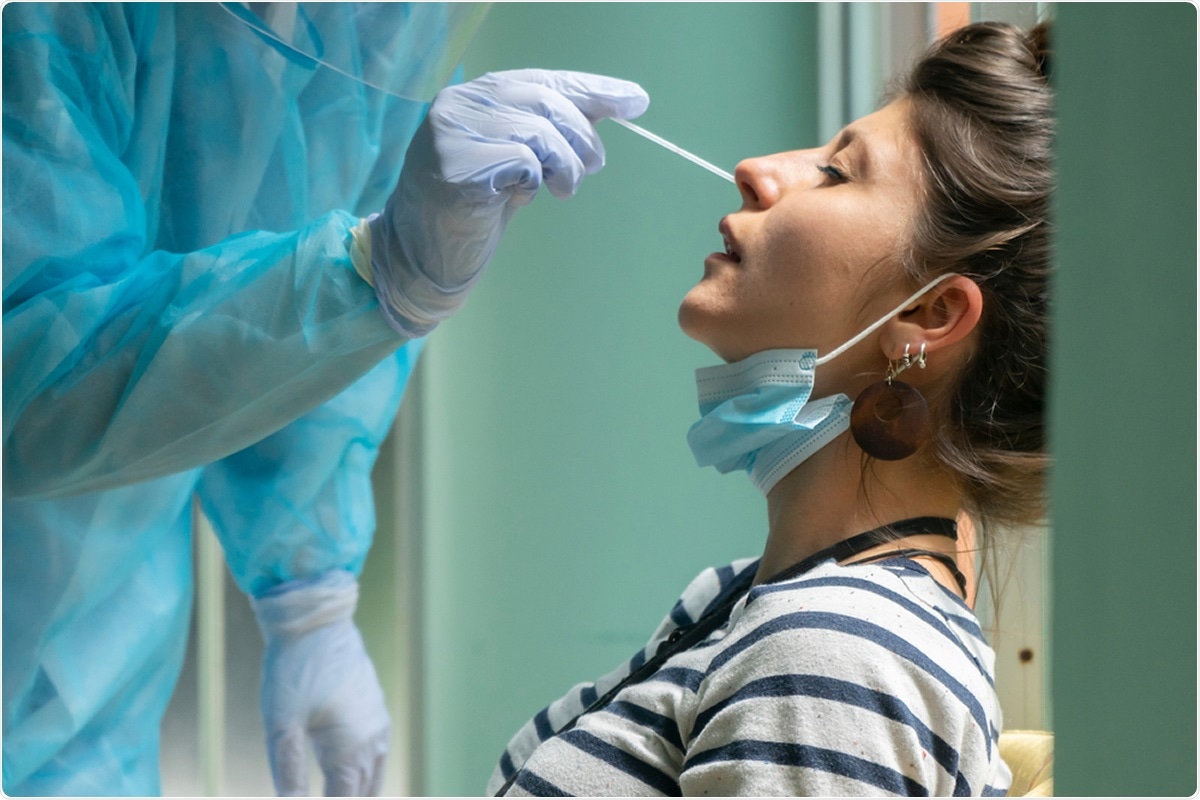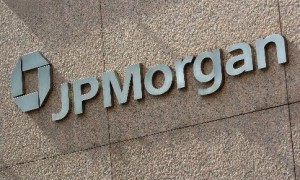The Americans who most need a stimulus
One group of Americans needs a fresh stimulus package more than any other: The 2.4 million Americans — and rising — who have been unemployed for more than six months.
Felix Salmon, Courtenay Brown, Dion Rabouin

Data: Bureau of Labor Statistics; Chart: Axios Visuals
One group of Americans needs a fresh stimulus package more than any other: The 2.4 million Americans — and rising — who have been unemployed for more than six months.
Why it matters: While the economic recession looks like it ended in April, rising long-term unemployment acts as a drag on the broader economy. Without new stimulus, the number of jobless could end up being almost as bad as the Great Recession of 2008-9.
"The longer people are unemployed, the more they run down assets and savings and that starts to really impact consumption and their ability to spend," Gabriel Chodorow-Reich, a Harvard economics professor, tells Axios.
The backstory:
In April, for the first time since 2001, fewer than 1 million people were unemployed for more than six months.
That same month, the surge of coronavirus-related layoffs peaked. Today almost 1.5 million of those laid-off workers are still unemployed, and the ranks of the long-term jobless are rising at a rate not seen since the financial crisis.
The biggest job losses have been in leisure and hospitality, where the workforce is 3.8 million people smaller than it was in February. The food services industry is down 2.3 million jobs.
What they're saying: Harvard projections show long-term unemployment peaking in early 2021. Depending on the speed of the recovery, it's likely to reach 3.9 million people at best — and 5.1 million in a worst-case scenario.
Mark Zandi, chief economist at Moody’s, sees a peak of 5 million long-term unemployed as a baseline scenario, cautioning that with stimulus talks having broken down, the number could be more than double that “if we botch it.”
"If we provide stimulus, provide checks, provide unemployment insurance — all these things will support the economy and help businesses get back on their feet and help people get back to work. By not doing it, we're basically committing ourselves to a slower recovery, or even a backslide potentially."— Eliza Forsythe, economics professor at the University of Illinois, Urbana-Champaign
In normal times, the longer you're out of work, the more difficult it becomes to find a job. Employers don't like to hire people with large gaps on their résumé, or whose skills might be outdated or rusty.
Those rules don't necessarily apply in a pandemic. "Scarring effects on the labor force have also been less severe than feared," wrote Goldman Sachs economist David Mericle in a research note this week.
"Unemployment has fallen sharply, and most of the remaining job losers are either still on temporary layoff or are in industries that should largely recover with a vaccine. In addition, labor demand has rebounded much more quickly than last cycle, reducing the risk of widespread long-term unemployment."
The other side: There are 4.8 million Americans who are weeks away from being considered long-term unemployed, and more than 1 million have filed initial jobless claims (including the Pandemic Unemployment Assistance program) every week for the past six months.
So, "where long-term unemployment peaks depends on the virus and depends on policy," Zandi says.
Where it stands: The stock market, near record highs, is running on Fed liquidity and looking past the pandemic to an economy that has fully recovered and has put the coronavirus squarely in the rear-view mirror. But that means 2022 at the earliest.
The bottom line: We're only at the end of the beginning of the pandemic. Right now it's mostly too early to tell which jobs are simply going into hibernation for the duration of the crisis, and which ones are gone forever.
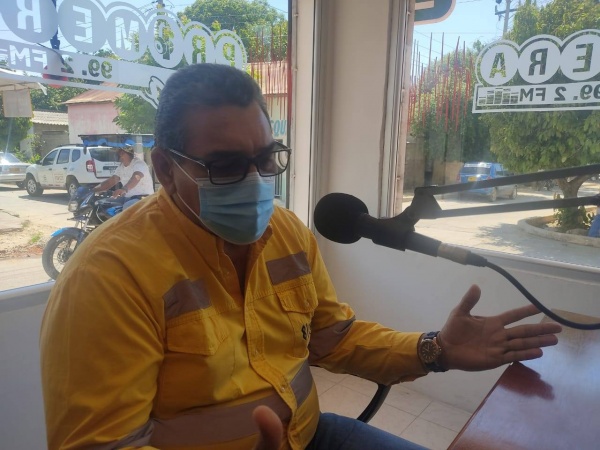



/cloudfront-us-east-1.images.arcpublishing.com/tgam/35QITKNEOFPWPEAJHMBPSPX5RE.jpg)

/cloudfront-us-east-1.images.arcpublishing.com/tgam/KYQ25RDVSZLHNBRMDMZRQ5FHQQ.jpg)
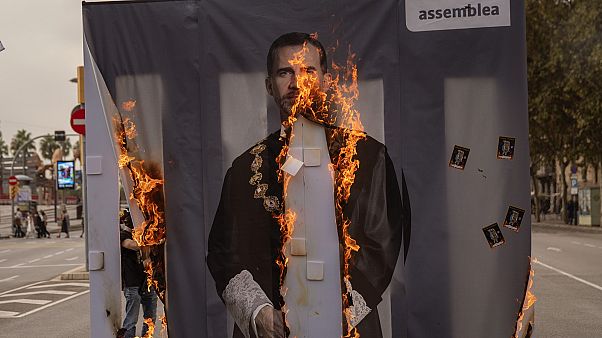
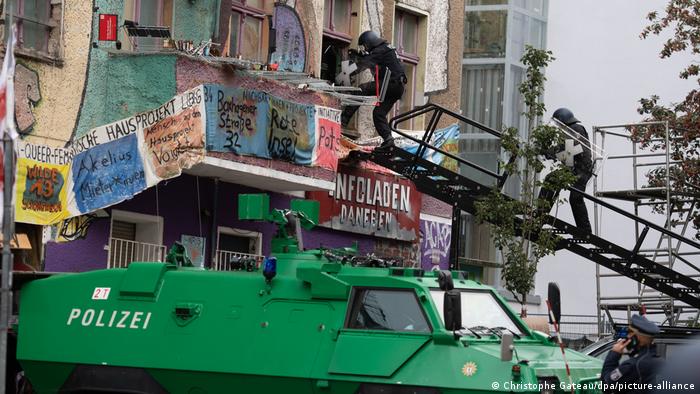
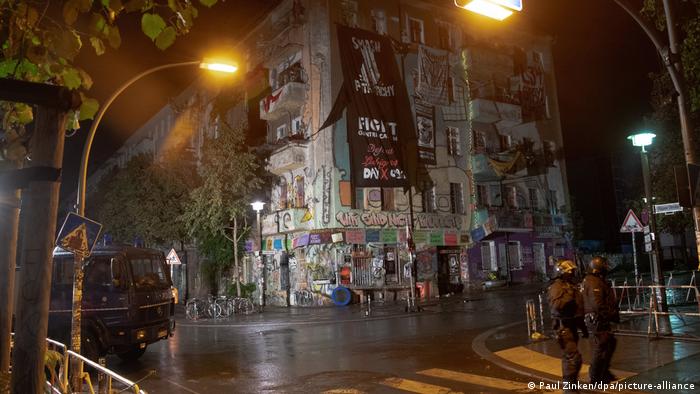
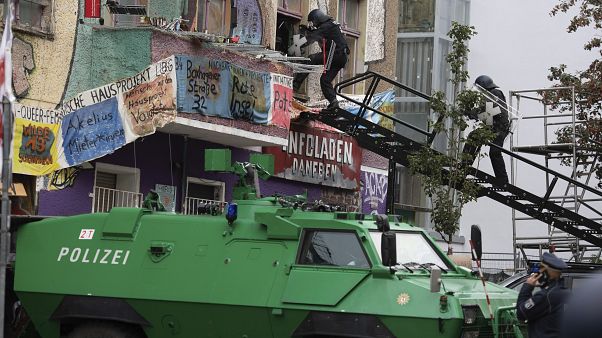
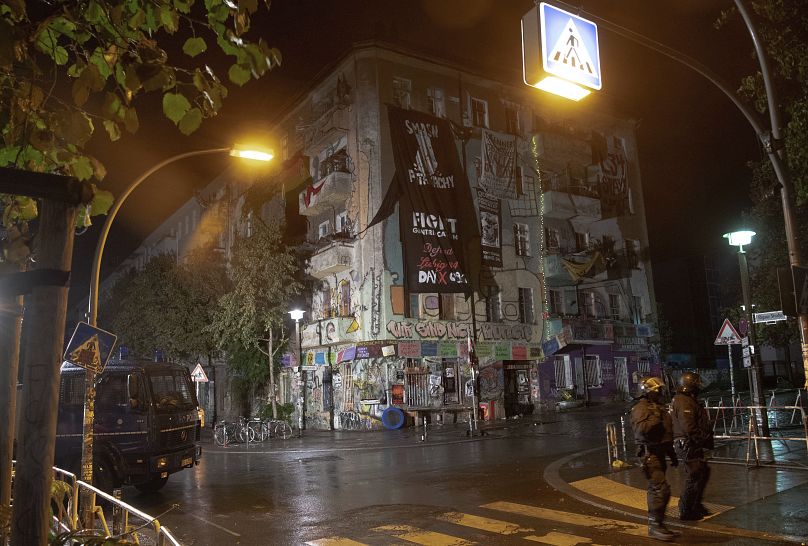
.jpg)


.jpg)

